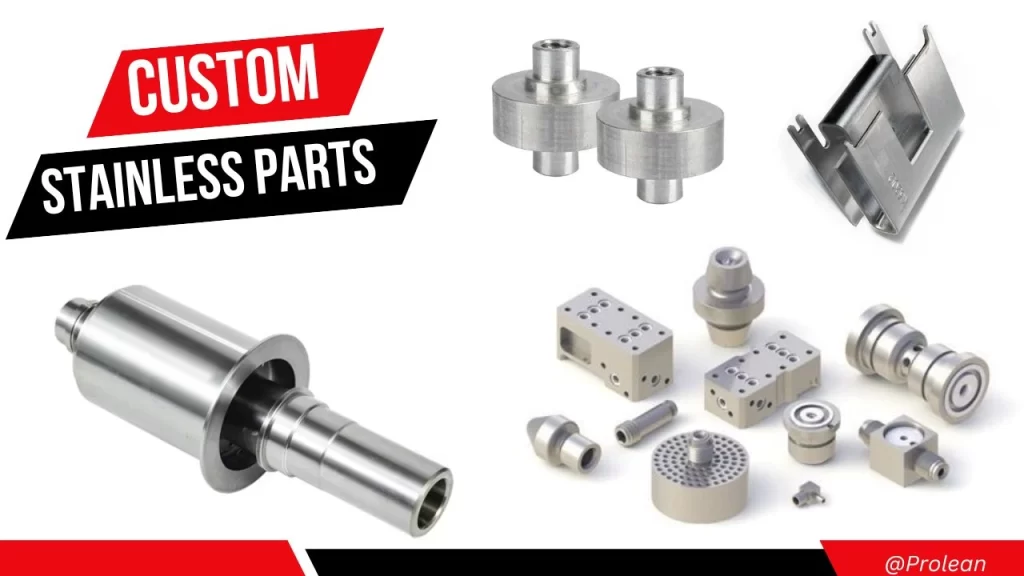
Stainless steel is the most common type of metal used in manufacturing projects; its different forms of alloys and grades are available to choose from. High strength, durability, formability, machinability, and competitive prices are the key reasons why stainless steel is so popular, including for customized parts and products.
CNC machining, laser cutting, fabrication, and other various technologies are prevalent for custom stainless steel parts, offering flexibility in customization of shape, size, features, surface, and performance.
Moving on, we will discuss manufacturing methods, stainless steel selection, cost minimization, and reliable ordering of custom stainless items.
Common Types of Custom Stainless Steel Parts Across Industries
Before delving into a detailed discussion, first, let’s look at real-world examples of custom stainless steel parts across multiple industries;
|
Industry |
Examples of Custom Parts |
Why Stainless Steel? |
|
Automotive |
Exhaust systems, fuel tanks, engine parts, decorative trim, suspension items |
Heat resistance, corrosion resistance, strength, lightweight |
|
Medical and Surgical |
Surgical instruments, implants, medical devices, sterilization trays, dental tools |
Biocompatibility, corrosion resistance, sterilization, precision |
|
Aerospace |
Aircraft engine parts, structural components, fuel systems, hydraulic systems, satellite parts |
Strength-to-weight ratio, heat & corrosion resistance, durability |
|
Food & Beverage |
Processing equipment, piping systems, valves and fittings, storage tanks, utensils and tools |
Hygienic, corrosion resistance, ease of cleaning, durability |
The table is just an overview to give you ideas about possible uses of custom stainless parts & products. Besides this, several other industries and research projects require them.
The Upcoming Sections will go through manufacturing methods, material considerations, cost factors, and other various aspects.
The Precision Manufacturing Process of Custom Stainless Steel Parts
Several different manufacturing processes can be applied for custom stainless steel parts, including CNC machining, metal casting, sheet metal fabrication, and 3D printing. Meanwhile, the choice depends on the design complexity, stainless alloy type, production volume, etc.
Let’s elaborate on common processes in brief;
Stainless Steel CNC Machining
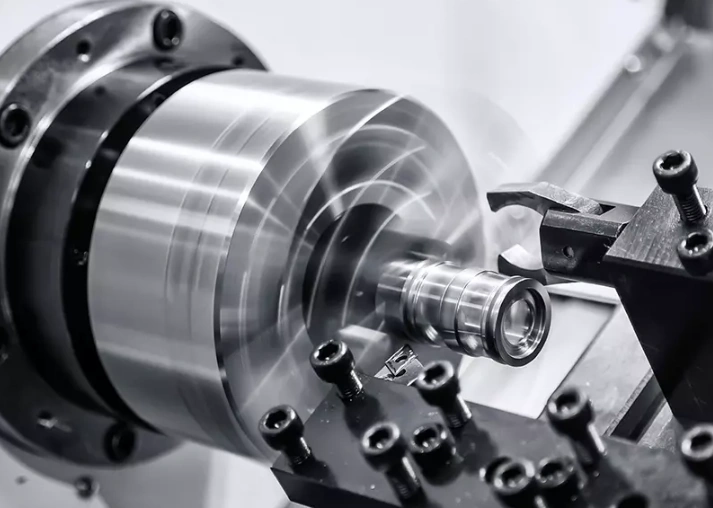
CNC machining of stainless steel rod
The CNC machining process crafts the stainless material into the desired shape with material removal. Machining operations like milling, turning, drilling, threading, and tapping are used with corresponding tooling and equipment. Milling is for complex contours, stainless steel turned parts for cylindrical parts, drilling for precise holes, and tapping for internal threads.
Based on the CAD models, stainless steel machining can quickly produce complex stainless parts and products.
Stainless Steel Sheet Fabrication
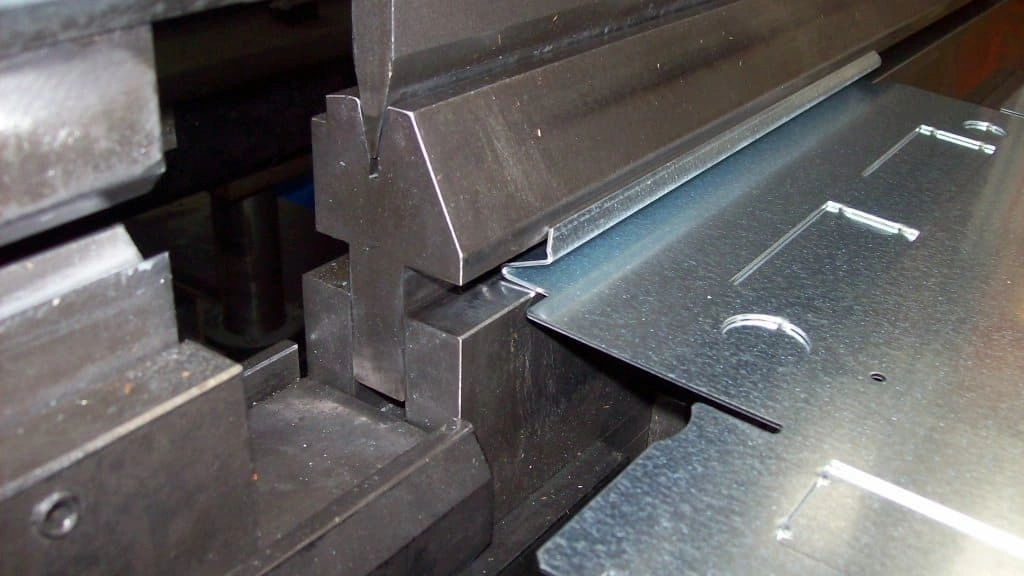
Stainless steel fabrication
Another way to produce custom parts is sheet metal fabrication, where blank sheets are converted into custom shapes through cutting, forming, joining, stamping, and other necessary techniques. Typically, stainless sheets ranging from 0.5 to 6mm in thickness can be used for fabrication operations.
With die and punch tooling, the custom parts can be fabricated in large volumes, maintaining consistent quality. Some examples of custom parts include tanks, vessels, and components for the food and medical industries.
Stainless Steel Casting
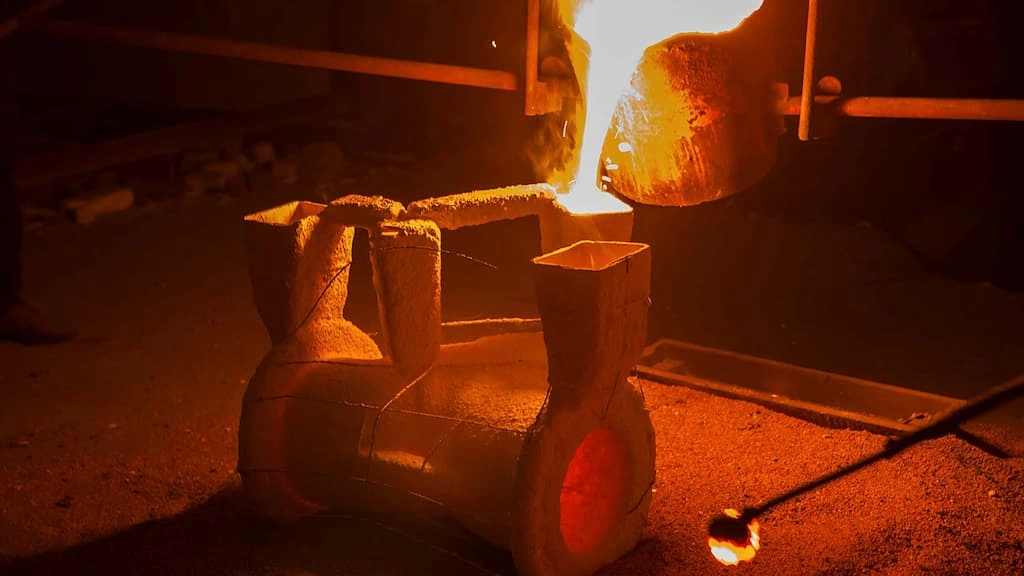
Stainless steel casting
Casting involves shaping the molten form of stainless steel by solidifying it in pre-determined cavity shapes (molds or dies). Primarily, sand casting is used for stainless steel due to high melting temperatures. In the process, a “pattern,” a replica of the desired custom part, is either machined or 3D printed, and then the pattern is used to make the cavity and die. Following that, the molten charge is poured/injected and solidified. This method is particularly suitable for mass production.
Stainless Steel 3D Printing
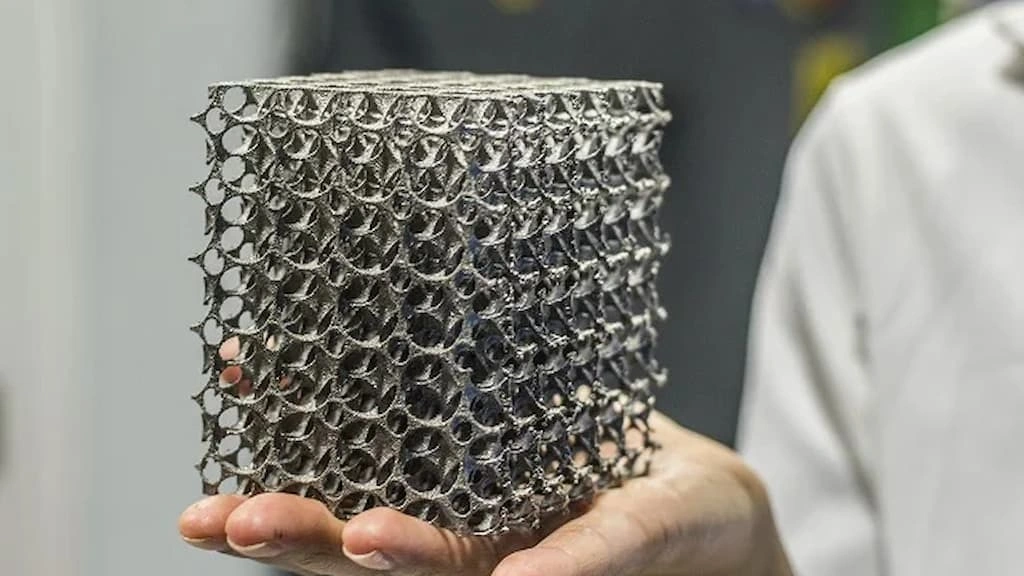
Stainless Steel 3D Printing
3D printing is mainly used for stainless steel prototypes and small scale production of custom parts. Metal 3D printing techniques Selective Laser Melting(SLM), Direct Metal Laser Sintering (DMLS), and binder jetting can build the stainless steel parts.
3D printing techniques allow you to work on intricate designs that are difficult or impossible to achieve with machining and casting. E.g., auto fuel nozzles, engine parts, industrial tooling, and custom fixtures.
Try Prolean Now!
Material Considerations: Choosing the Right Stainless Steel for Custom Parts
We have discussed a few popular types and grades of stainless in the first section of the article. However, more than 150 stainless steel grades are used in manufacturing. Their variations in alloy composition offer unique properties, advantages, application preferences, and manufacturability.
The following are the key considerations you can follow in choosing the right alloy grade for your custom stainless parts;
- Required Properties for Application
First, consider the desired properties for required functionality and performance. For example, how much strength it requires, corrosion-resistance level, elasticity, thermal characteristics, etc. For this, first, identify the application scenario, like whether parts will be subjected to high stress or not, whether conductivity matters, and what the expected lifespan is.
- Application Environment
Next, define the environment where custom parts will be used. For analysis, you can use the following questionnaire;
- Will the part be exposed to a corrosive environment like chemicals or salt water?
- What is the operating temperature of the system or equipment to which the parts will be applied?
- Is there any risk of frequent wear and tear?
After examining these questions, look for stainless steel that can withstand the environment they will be exposed to.
- Formability or Machinability
Based on which technique you are using to manufacture the custom stainless steel parts, consider stainless steel machinability and cold-forming capabilities. Some alloy grades ( 303, 416, and 430F ) have better machinability than others, and some have high formability (304 and 316).
- Material Cost
Analyze the market prices of different stainless steel types that can fulfill desired properties and manufacturability criteria. Try to balance the cost and the value material offers for your custom parts.
- Industry Standards
Check whether your parts need specific industry standards in material selection or not. For instance, you need to choose FDA-approved grades for food processing and medical applications.
What Types of Stainless Steel Are Used for Custom Parts?
Austenitic, ferritic, martensitic, and duplex, all types of stainless steel are compatible with custom manufacturing techniques. Meanwhile, 304, 316, 430, 17-H, and Duplex are the frequently used grades.
|
Type |
Grade |
Strength |
Hardness |
Machinability |
Formability |
Thermal Conductivity |
Cost |
|
Austenitic |
304, 316, 303, 321, 347 |
★★★ |
★★ |
★★ |
★★★★ |
★★ |
★★ |
|
Ferritic |
430, 409, 434, 439 |
★★★ |
★★ |
★★★ |
★★★ |
★★ |
★ |
|
Martensitic |
410, 420, 440A, 440C |
★★★★ |
★★★★ |
★★ |
★★ |
★★ |
★★ |
|
Duplex |
2205, 2507, 2304 |
★★★★ |
★★★ |
★★ |
★★ |
★★ |
★★★ |
|
Precipitation-Hardening |
17-4 PH, 15-5 PH, 13-8 Mo |
★★★★ |
★★★★ |
★★ |
★★ |
★★ |
★★★★ |
(If you are more interested in a comparison of alloy grades, read “304 vs 316 stainless steel and alloy steel vs stainless steel” for a detailed comparative discussion.)
Designing for Durability: Key Tips for Custom Stainless Steel Parts
Below are some engineering design tips for custom stainless parts you can follow to ensure high durability. With the right surface finish and periodic maintenance, stainless parts can efficiently perform for more than 30 years.
- Consider Stress Concentration Areas
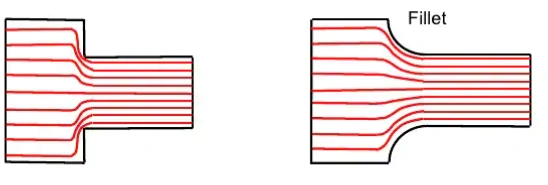
Stress concentration
For high-stress applications, minimize the stress concentrations by using fillets on edges, keeping wall thickness uniform, and reinforcing the high-stress sections with ribs and gussets.
- Choose Material According to Manufacturing Method
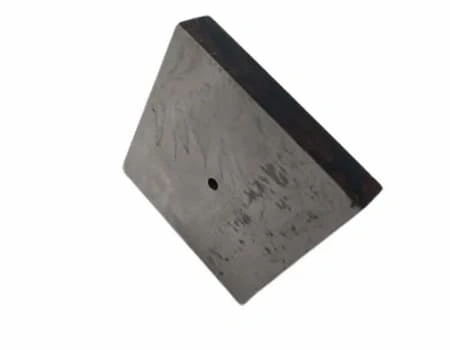
Metal workpiece for milling
It is essential to choose the right type of stainless steel according to the manufacturing method so you can ensure strong build-up. For example, low-carbon stainless steel is best used for welding, whereas free-machining grades are ideal for CNC production.
- Appy Protective Coating
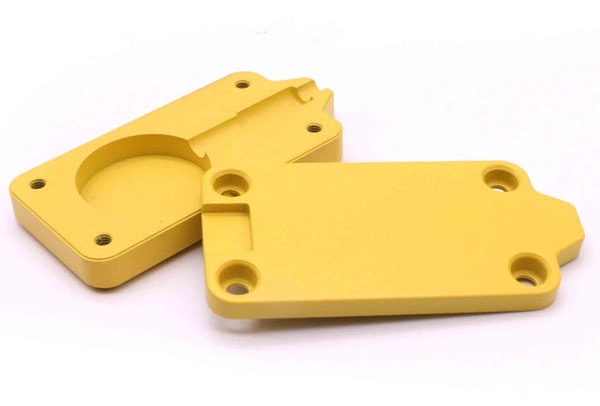
You can treat the stainless parts with passivation, powder coating, electroplating, painting, hardening, or other surface processing methods to enhance corrosion resistance, wear resistance, and surface hardness.
- Perform Finite Element Analysis (FEA)
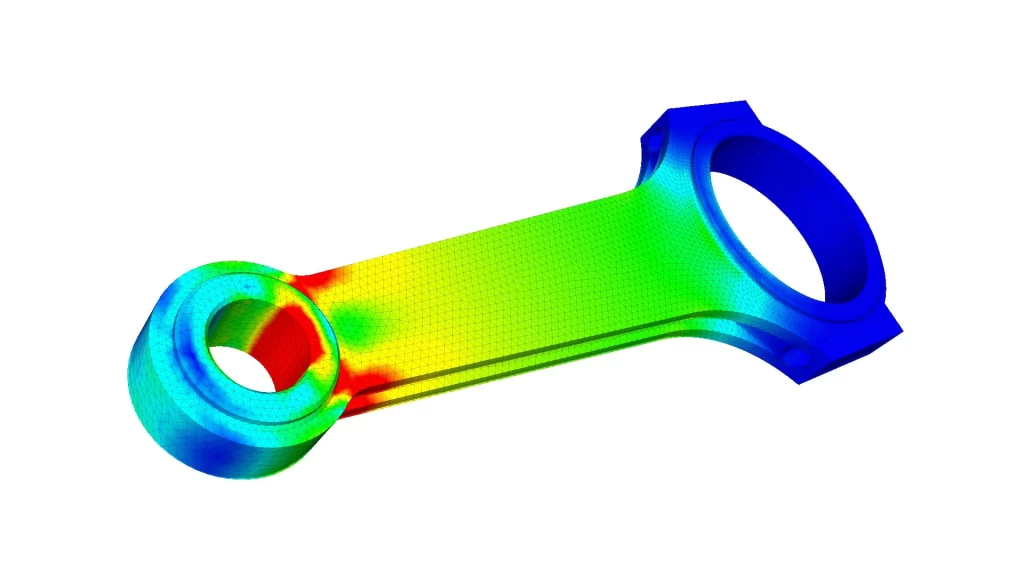
FEA analysis
Use FEA to simulate real-case scenarios of stress, strain, and thermal behavior for custom stainless steel parts. Then, optimize the design based on the simulation findings. You can either use extensions of design software or dedicated FEA softwares like ANSYS for simulation.
- Maintenance-Friendly Design
Consider design elements for easy inspection, cleaning, and maintenance to prolong their lifespan. You can use modular designs to facilitate easy removal and replacement in case parts are worn or damaged.
Try Prolean Now!
Cost Factors When Ordering Custom Stainless Steel Parts
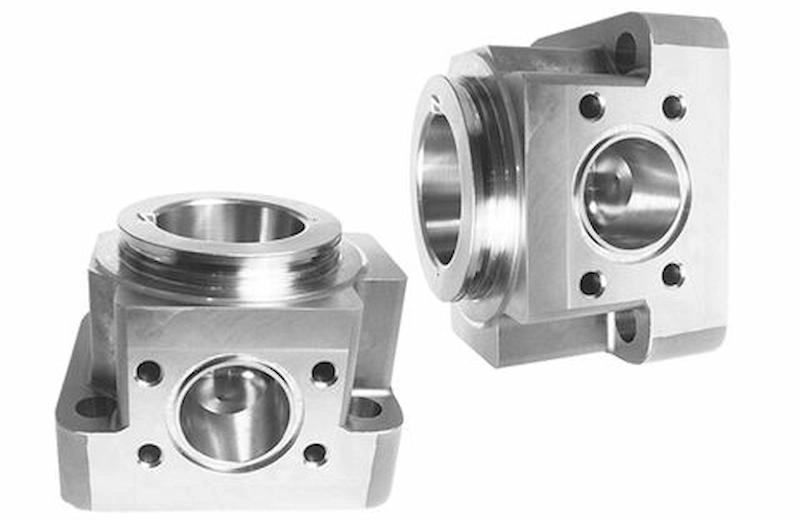
Custom stainless steel components
Nowadays, a lot of industrial companies, suppliers, and even small-scale manufacturers order parts from the company machining stainless steel parts online instead of putting in heavy investment in equipment and factory setup. Getting custom parts with the utmost quality at the lowest possible cost requires consideration of different cost factors before ordering them. Let’s discuss these factors;
- Optimize Design for Manufacturability
Manufacturing costs of custom stainless parts are heavily dependent on factors like how complex the designed features are, how precise tolerances are needed, and whether custom tools and fixtures are required. Therefore, try to optimize the complexity of the design without compromising the intended performance.
- Consider Ordered Volume
Prototypes and small batches are expensive in terms of per/part prices as significantly high tooling and setup costs are distributed over only a few parts. On the other hand, high-volume orders cost way less.
- Consider Company Expertise and Manufacturing Infrastructure
Next, consider the experience of the manufacturer you are ordering parts from and the overall network of manufacturing infrastructure in the location where the company is located. An experienced company machining stainless steel parts in China and Vietnam can offer highly competitive prices to Western companies because they have a strong network of material supply and manufacturing infrastructure along with relatively low-cost human resources involved in production.
- Request Quotes and Compare Them
The best practical way to find out which company can make your custom stainless steel parts at the best prices is by requesting quotes from multiple manufacturers. You can browse the online portals of service providers and send your design and end requirements, asking for detailed quotes with clear price structures and lead times.
Choose the Best Manufacturer for Custom Stainless Steel Parts
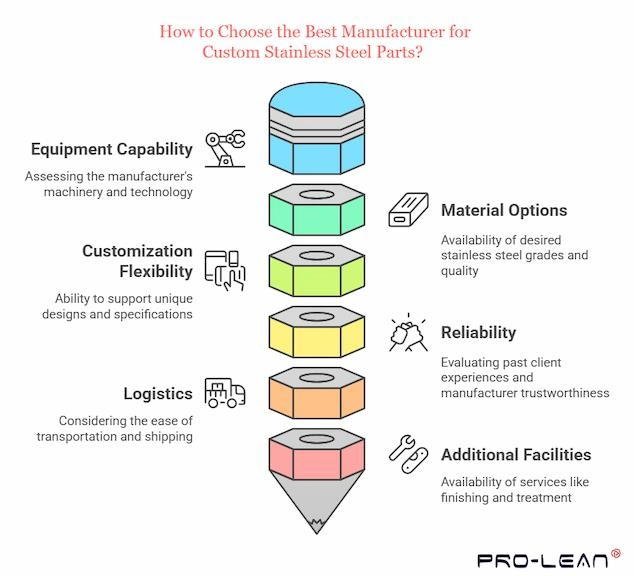
Tips for choosing best manufacturers for stainless parts
Alt text: An infographic image showing tips for choosing best manufacturers for stainless parts, from expertise evaluations to finishing options
Since there are many stainless steel components manufacturers online, it can be confusing and challenging to decide which one is best for handling your project. For this, a set of considerations can be applied while choosing the manufacturer.
- Check the capability of equipment, factories, and quality control standards manufacturers have. E.g., CNC machining, laser cutting, etc.
- Verify that the manufacturer has material options you wish to use, including grade, quality, and market availability.
- Ensure the manufacturer can provide flexible customization, such as design support and the ability to address unique specifications for size, shape, and performance.
- Check testimonials or case studies from previous clients to find out their reliability, communication, and lead times.
- Consider the location and easiness of logistics, especially for international shipments.
- Ensure the manufacturer has additional facilities along with manufacturing, such as surface finishing and heat treatment.
ProleanTech is one of the leading manufacturers in this domain, providing custom-on-demand manufacturing services for diverse industries worldwide. We have muti-axis (3,5-axes) CNC machining equipment, laser cutters, EDM, and other advanced facilities. You can leverage our more than a decade of experience in stainless steel machining services to achieve your project goals. Drop your 3D engineering drawing or queries; you will get a detailed quote and all other related information from industry experts.
Key Takeaways:
- Different manufacturing methods/techniques can be applied to transfer raw steels into custom parts, predominantly CNC machining and sheet fabrication.
- Custom parts are used across industries such as automotive, aerospace, medical, electronics, etc. The thing is that you need to identify what parts and what kinds of features you want to customize.
- The right choice of stainless alloy/grade, design optimization, and ordering parts from experienced manufacturers are key for successful results.
FAQs
What are some common examples of custom stainless steel parts?
Some common stainless custom parts are fittings, fasteners, shafts, brackets, fixtures, and medical & surgical items.
How can I ensure the durability of custom stainless steel parts?
To ensure the longer lifespan of stainless parts, first, choose the right grade and quality of material, apply a protective coating, and follow the specific design specifications for easy maintenance and repair.
What manufacturing processes are used to produce custom stainless steel parts?
The exact set of processes depends on custom design. However, CNC machining, laser cutting, welding, and metal stamping are the key techniques.
What factors affect the cost of custom stainless steel parts?
Factors like customization complexity, material grade, desired tolerances, finish quality, and turnaround times affect the manufacturing cost of stainless custom parts.
How do I choose the right manufacturer for custom stainless steel parts?
To choose the right manufacturer for your custom parts, evaluate expertise, quality certifications, customization capabilities, and industry expenses.

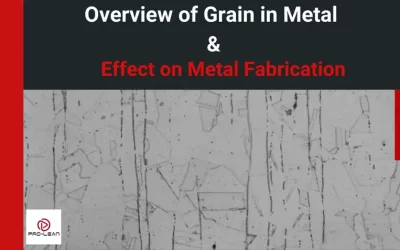
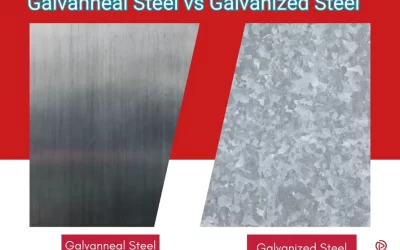
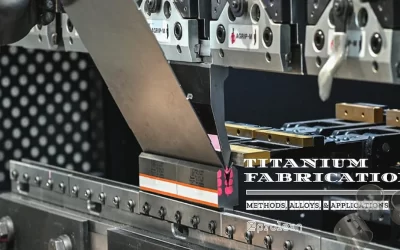
0 Comments